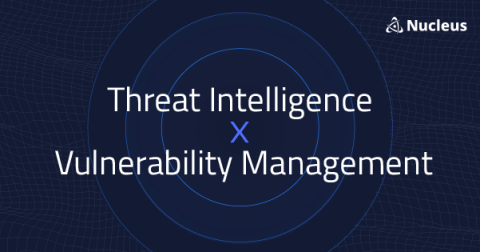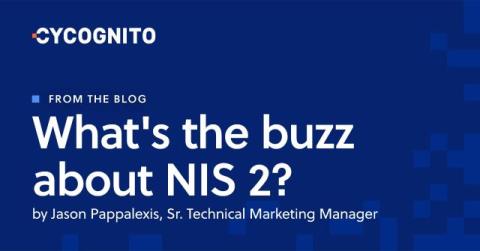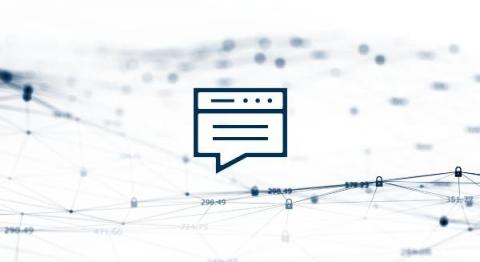Tips for Optimizing Your Security Operations Framework
Building an effective Security Operations framework that provides the right balance of people, processes, and technologies can take years. Here we’ll discuss some foundational topics that can be used to grow an effective SOC Operation.










